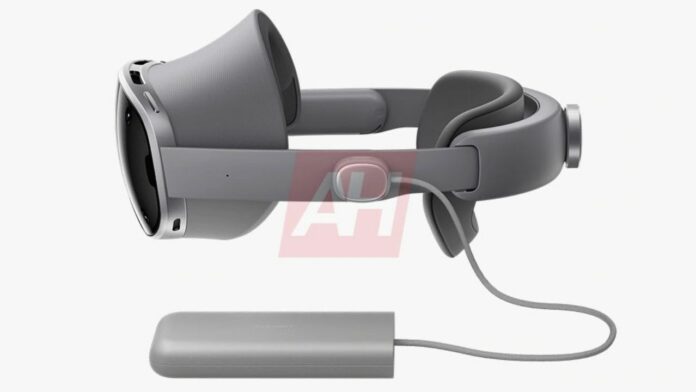Samsung’s upcoming Galaxy XR Project Moohan headset has been leaked in detail through a new report which not only shows us the full design of the device, but also the specifications it will sport and a glimpse at the software that will run the show. Here’s everything to know about the new leak.
Samsung Galaxy XR Project Moohan Headset: Specifications (Leaked)
The leak from Android Headlines details the Galaxy XR Project Moohan headset from Samsung. Design-wise, the headset takes cues from the Apple Vision Pro and solves the battery issue the same way Apple did, with a wired battery that you’ll have to carry with you at all times.
The headset features dual lenses that display an immersive virtual environment through high-resolution 4K micro-OLED panels, offering a pixel density of 4,032 PPI and a total of 29 million pixels—surpassing the Apple Vision Pro’s 23 million. Samsung says users can expect vivid, true-to-life colors and sharp clarity, powered by the Snapdragon XR2+ Gen 2 processor co-developed with Qualcomm and Google. This chip delivers 4.3K resolution per eye, 20% higher CPU frequencies, and 15% better GPU performance, enabling seamless AI, gesture, and spatial audio processing.
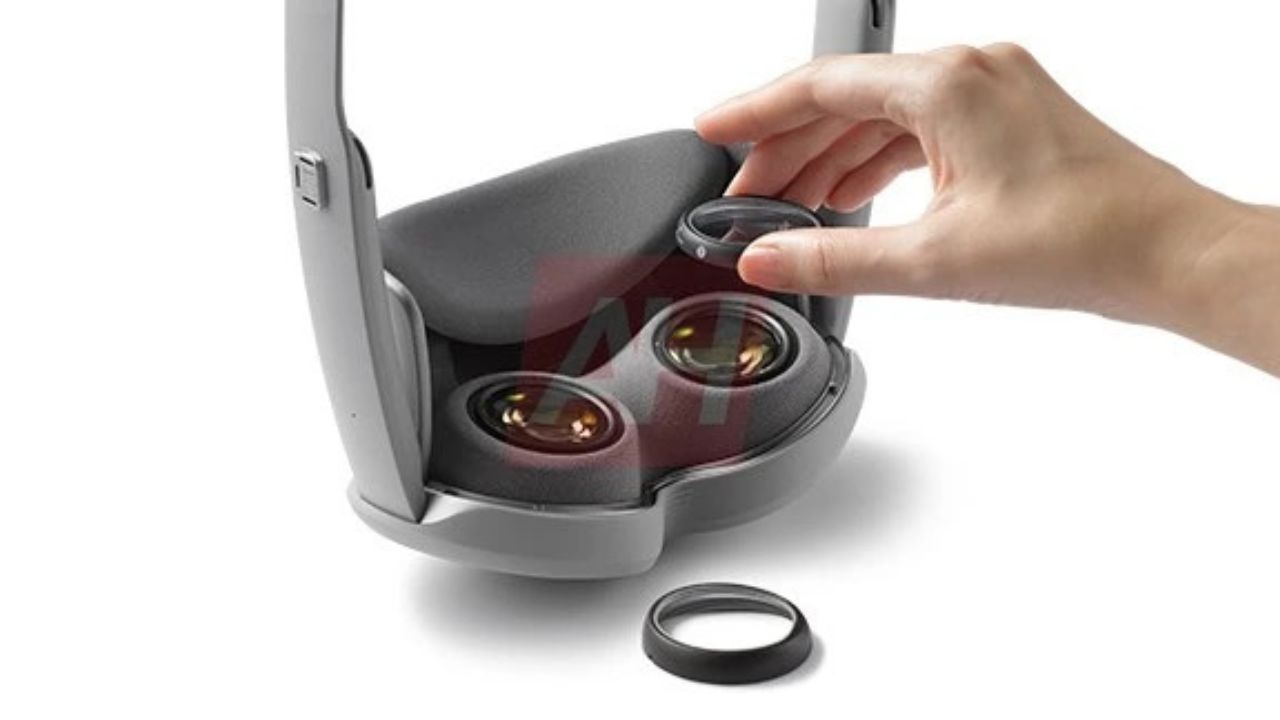
The Galaxy XR Project Moohan headset runs on Samsung’s custom One UI XR interface, integrating apps from both Samsung and Google. Users will find familiar apps like Camera, Gallery, Chrome, YouTube, Maps, and Netflix, along with Gemini integration for AI-powered assistance. The interface includes a floating App launcher and quick-access menu for settings and system controls.
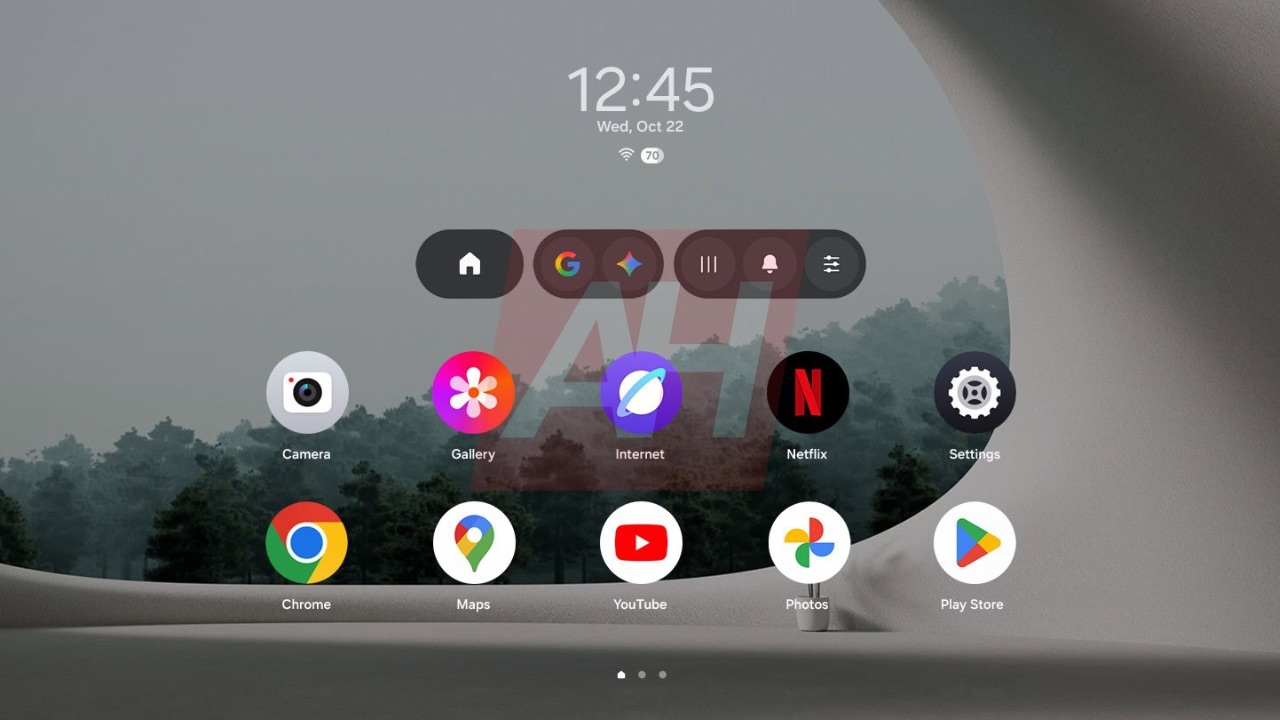
Design has been a key focus area for Samsung. The Galaxy XR Project Moohan headset weighs just 545 grams and is engineered for comfort during extended use. It features a soft-touch face cushion, an adjustable rear dial for fit control, and wide nose cutouts that relieve facial pressure. Side bands add stability, while detachable light shields improve immersion. On the exterior, the headset includes six cameras—two world-facing, plus additional ones for hand and environmental tracking. LEDs indicate device status, and vents at the bottom manage airflow and temperature.
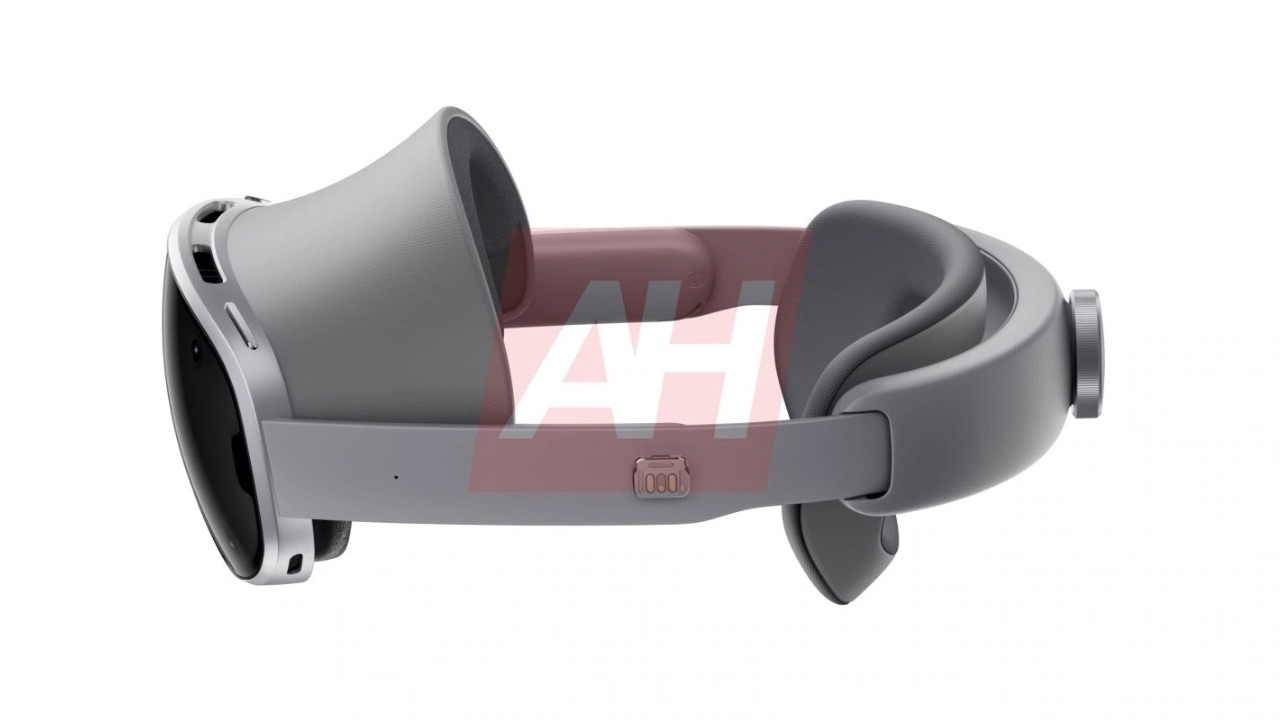
The control layout is straightforward: a touchpad on the right stem for recentering and mode switching, two top buttons for launcher and volume control, and a power connector on the left side for an external battery pack. The headset’s two controllers feature six degrees of freedom (6DoF), Analog sticks, and haptic feedback for precision and realism in 3D environments.
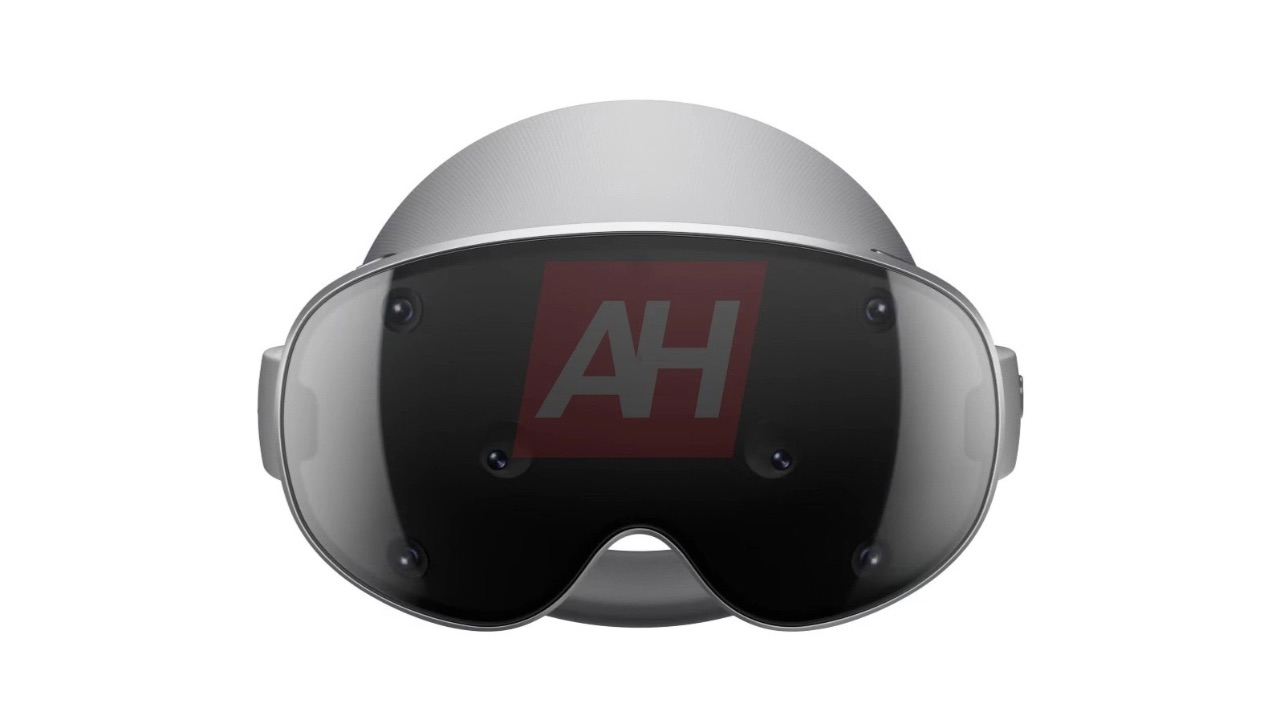
Samsung has also prioritized input versatility and sensor accuracy. The Galaxy XR combines hand, eye, and voice tracking for full interaction control. Multiple front-facing Sensors handle hand gesture recognition, while a central depth sensor maps surroundings in real time, identifying walls and furniture for spatial awareness.
Eye-tracking cameras, assisted by Infrared LEDs and AI, continuously monitor pupil movement for natural gaze-based navigation. Additionally, an array of microphones enables spatial voice recognition, distinguishing the user’s voice from ambient noise.
Audio quality is enhanced through a spatial sound setup, with each side of the headset incorporating a two-way speaker system that includes both woofers and tweeters. Battery performance is rated at approximately 2.5 hours of video playback and around 2 hours of mixed use.


